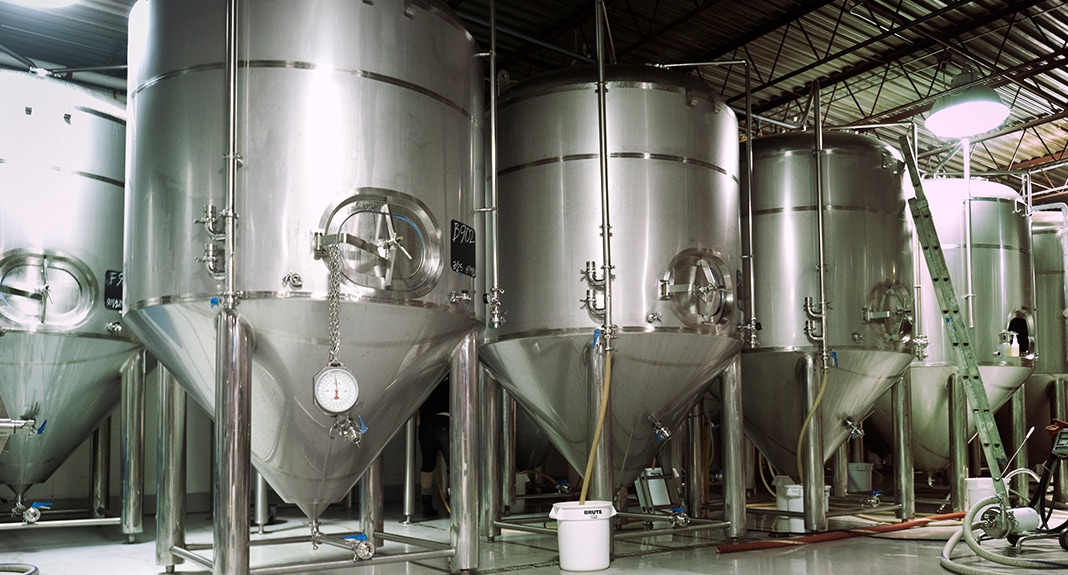Safeguarding Your Assets: A Guide to Armed Security, Risk Mitigation, and Effective Crisis Communication
October 12, 2023
In today's unpredictable world, the importance of security cannot be overstated. Businesses and individuals alike are constantly seeking ways to protect their assets and mitigate risks. Armed security is a crucial element of this strategy, but it's not enough on its own. To ensure comprehensive protection, you need a well-thought-out crisis communication plan that goes hand-in-hand with risk management. In this blog post, we'll explore the synergy between armed security, risk mitigation, and effective crisis communication.
The Role of Armed Security
Armed security personnel are the first line of defense against potential threats. Whether you're protecting a high-profile event, a valuable asset, or simply your loved ones, armed security plays a pivotal role in deterrence and response. However, the mere presence of armed guards is not enough. A holistic approach to security involves understanding potential risks and implementing strategies to mitigate them.
Risk Mitigation Strategies
1. **Threat Assessment:** To effectively mitigate risks, you must first identify them. Conduct thorough threat assessments to understand the vulnerabilities in your security setup. This step is essential for tailoring your security measures to the specific risks you face.
2. **Proactive Measures:** Armed security should not be a reactive solution. Implement proactive measures like access control systems, surveillance, and perimeter security to deter potential threats before they escalate.
3. **Training and Preparedness:** Invest in rigorous training for your security personnel. Equip them with the knowledge and skills needed to respond swiftly and appropriately in crisis situations.
4. **Continuous Improvement:** Security is an ongoing process. Regularly review and update your security protocols to adapt to changing threats and circumstances.
Crisis Communication: A Critical Component
While armed security and risk mitigation are essential, they're only part of the equation. Effective crisis communication is the bridge between preparedness and successful incident management. Here's why it matters:
1. **Maintaining Public Trust:** In the event of a security incident, maintaining public trust is crucial. Clear and transparent communication can help prevent panic and misinformation.
2. **Coordinated Response:** A well-structured crisis communication plan ensures that all stakeholders, including law enforcement, emergency services, and your own security team, are on the same page, enabling a coordinated response.
3. **Legal and Regulatory Compliance:** Compliance with legal and regulatory requirements for incident reporting and communication is imperative. Failure to do so can result in legal
consequences and reputational damage.
Crafting Your Crisis Communication Plan
To effectively manage and communicate during security incidents, consider using a customizable template designed for this purpose. Such templates provide a framework for:
1. **Immediate Response:** Define roles and responsibilities for key personnel during a crisis.
2. **Message Development:** Create clear and consistent messaging to convey to internal and external stakeholders.
3. **Media Relations:** Outline procedures for interacting with the media to control the narrative and avoid misinformation.
4. **Post-Incident Evaluation:** After the incident, conduct a thorough review to identify areas for improvement in both security and communication protocols.
In conclusion, armed security is an essential component of risk mitigation, but it's only one piece of the puzzle. To ensure comprehensive protection, you must also invest in a well-structured crisis communication plan. By combining armed security, risk mitigation strategies, and effective crisis communication, you can safeguard your assets and respond effectively to security incidents.
To learn more about creating a crisis communication plan tailored to your needs, download our customizable template today. Your security and peace of mind are our top priorities.





